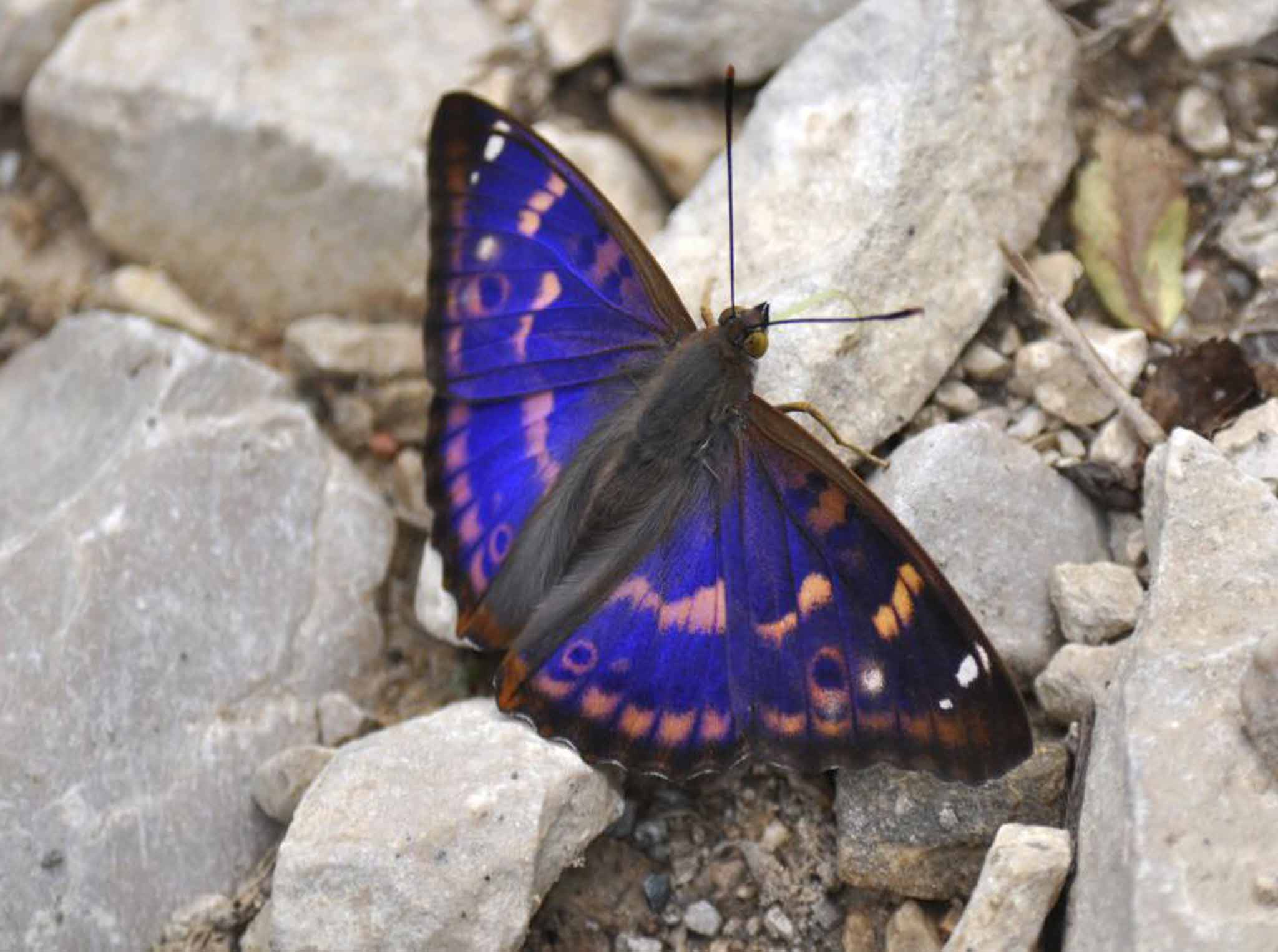
Can you raise it from caterpillar to adult? Yes, if you give it plenty of leaves from the food plant.īy Hectonichus - Own work, CC BY-SA 3.0, 22.Where does it occur? This species is prevalent throughout the US, and related species can be found throughout the world.Will it seriously damage plants or trees? No.What does it eat? The caterpillar feeds on plantains and snapdragons.What is the scientific name? Junonia coenia.When the grasshopper jumps, the buckeye will swoop down to "do battle" with the larger insect. The big eyespots resemble a bird's or a lizard's, so when they snap their wings open, their predators may be scared off.īuckeyes also have a curious relationship with the large Carolina grasshopper, which inhabits the same general space as the butterfly.

The butterfly likes to circle the same area and land in the same general spot, and you will most often see them on dusty gravel roads, where their brown ground color blends in surprisingly well. The buckeye occurs throughout eastern North America, where its larvae feed on nettles. Isn't this a gorgeous insect? It's a shame that it flies so fast, giving the average observer little chance to appreciate its beauty. panthers, maybe! Experts have suggested that the reason for this "dimorphic" phase is in order to mimic the bad-tasting pipevine swallowtail, which is generally more common in the south than in the north. It will pupate in early summer, and then the adults hatch to complete the process.Īnother interesting fact about the tiger swallowtail is that some females, especially in the southern parts of its range, are almost all a smokey, dark brown in color. It overwinters in this shelter, and in the spring emerges to continue feeding. The caterpillar, which is green with little "false eye" spots near its head, feeds until it is about half grown, and then builds a little shelter by pulling together the edges of a leaf. The adults are on the wing in mid-summer, wheeling high among the branches of ash and cherry trees, where the big females lay their eggs. These tigers have an unusual life history. These big, beautiful butterflies can be identified by their bold yellow-and-black stripes, hence their common name. Orange mottled with black sliver mark underneathĭeep brown with maroon and yellow wing marginsįlies quickly, lands on trees or the groundįly very quickly often visit garden flowers Very common "city" butterfly likes porch railings "Weaves" through grass as it flies hard to followīeautiful, quick-flying butterfly of the Westīrown with striking yellow-orange margins Often flies in wooded areas lands on trees Very weak, fluttery flight found only in South Often indistinguishable from orange sulphurīlack with thin yellow stripes narrow wings

Very common a pest of cabbage and other plants

High, soaring flight often stops for nectarīlack with shining blue orange spots beneathįluttering flight avid visitor to flowersīlack and white "zebra striped' with long tailsįluttering flight often flies low visits flowersĭeep black with some yellow and blue tailsĬommon in gardens lays eggs on carrot/parsley Yellow-Orange with black spots silvery undersideįlies quickly in sunny fields visits flowers Quick nervous flight with wings held flatīlack with shining blue red spots underneath Soaring flight nectars at milkweed flowers


 0 kommentar(er)
0 kommentar(er)
